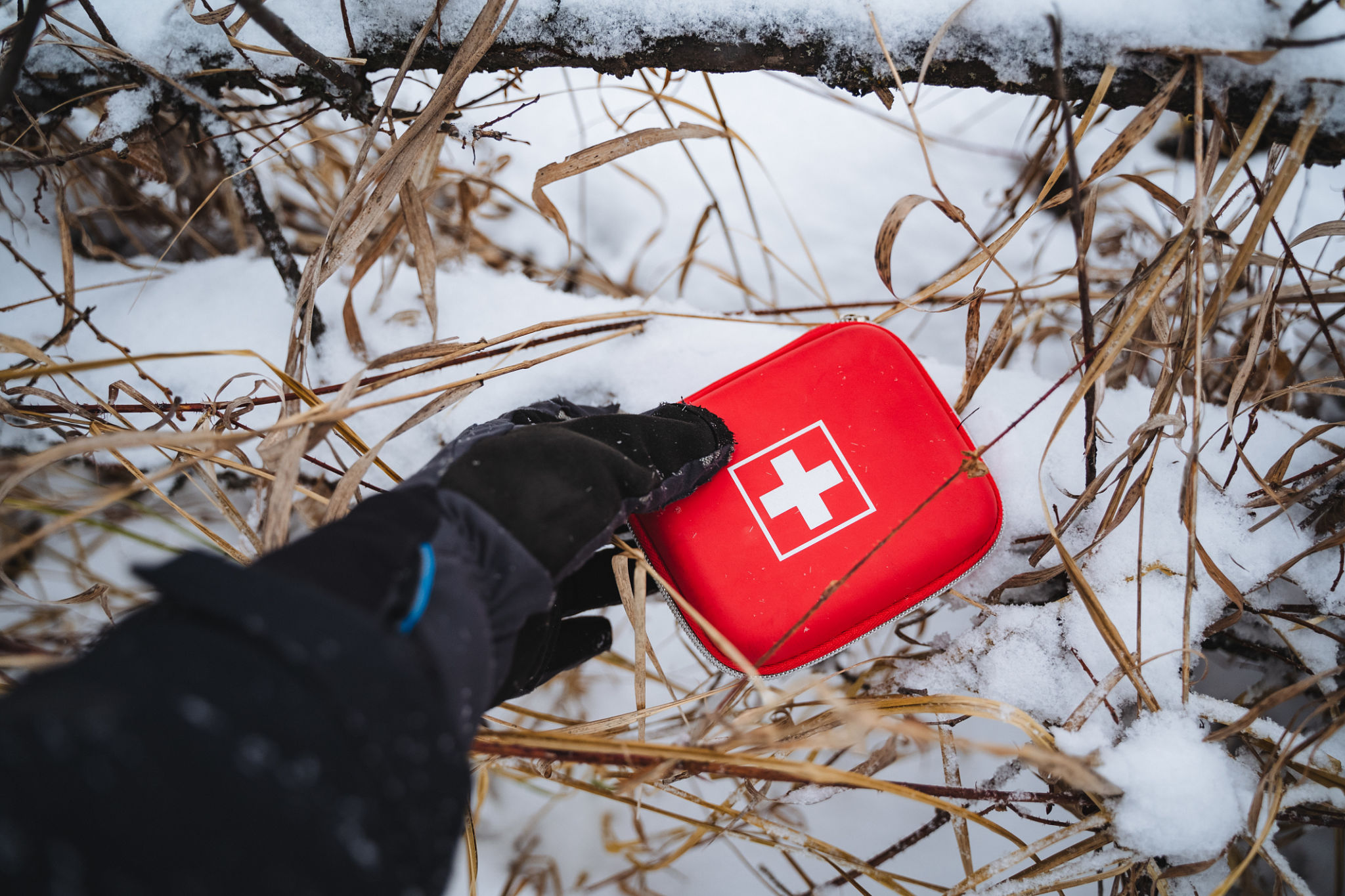Preparing Your Fire Safety Systems for Seasonal Weather Changes
Understanding the Impact of Seasonal Weather on Fire Safety Systems
As the seasons change, it's essential to consider how different weather conditions can affect your fire safety systems. Temperature fluctuations, humidity levels, and storms can all impact the functionality of these critical systems. By preparing your fire safety equipment for seasonal changes, you can ensure they remain operational and effective throughout the year.
While many people focus on securing their homes or businesses against weather-related damage, fire safety often takes a backseat. However, taking proactive measures to maintain and adapt your fire safety systems is crucial for protecting lives and properties.

Inspecting and Maintaining Your Equipment
The first step in preparing your fire safety systems for seasonal weather changes is conducting regular inspections. These inspections will help identify any potential issues before they become significant problems. Look for signs of wear and tear, corrosion, or damage that may have occurred during previous seasons.
During inspections, pay special attention to the following components:
- Smoke detectors and fire alarms
- Sprinkler systems
- Fire extinguishers
- Emergency lighting
Adapting to Temperature Fluctuations
Extreme temperatures, whether hot or cold, can affect the performance of fire safety equipment. For instance, cold weather can cause sprinkler pipes to freeze and burst, while high temperatures may lead to battery failure in smoke detectors. To mitigate these risks, consider the following strategies:
- Insulate sprinkler pipes in areas prone to freezing.
- Use temperature-rated fire extinguishers that can withstand extreme conditions.
- Ensure that smoke detector batteries are regularly checked and replaced.

Addressing Humidity and Moisture Concerns
Humidity can also impact fire safety systems. It can cause corrosion in metal components and affect the sensitivity of smoke detectors. Therefore, it's vital to control humidity levels within your property to preserve the integrity of your fire safety equipment.
If you live in a particularly humid area, consider using dehumidifiers in key areas like storage rooms and basements. Additionally, ensure that all fire safety equipment is made from materials resistant to rust and corrosion.
Preparing for Storms and Power Outages
The stormy season brings power outages, which can compromise the effectiveness of electrically powered fire safety systems. To address this challenge, invest in backup power solutions like generators or battery backups specifically designed for your fire safety equipment.

Additionally, ensure that all emergency lighting systems are fully operational and equipped with backup batteries to provide visibility during an outage. Regularly test these systems to confirm their reliability under duress.
Creating a Seasonal Fire Safety Checklist
Creating a seasonal fire safety checklist can streamline the preparation process and ensure no aspect of your system is overlooked. This checklist should include tasks such as inspecting equipment, replacing batteries, testing alarms, and reviewing emergency escape plans with family or employees.
By maintaining a consistent schedule for seasonal checks and updates, you can minimize risks associated with seasonal weather changes and keep your property safe year-round.
In conclusion, proactive maintenance and adaptation of your fire safety systems to seasonal weather changes are vital for safeguarding your home or business. By following these guidelines, you ensure that your fire safety systems function optimally regardless of the season's challenges.
